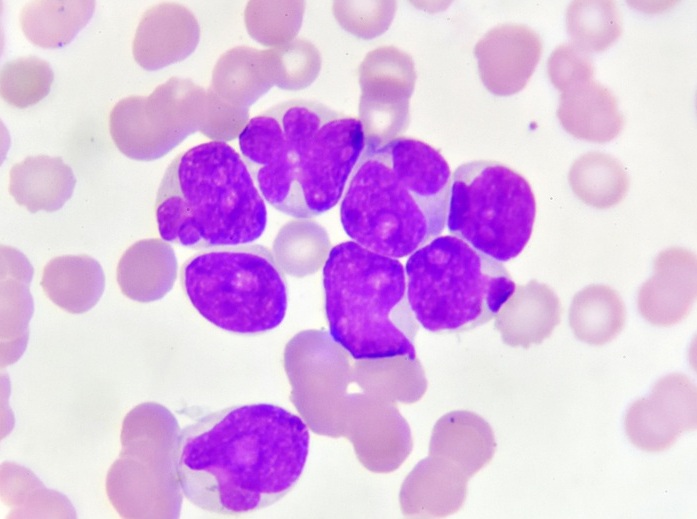Kit Provides Quantitative Determination of Haptoglobin in Human Serum
By LabMedica International staff writers
Posted on 27 Jan 2011
A new liquid stable haptoglobin kit provides a highly sensitive and specific method for the quantitative determination of haptoglobin in human serum.Posted on 27 Jan 2011
The method is fully automated and suitable for use on the RX series of bench top clinical analyzers including the RX daytona and RX imola. Liquid, ready-to-use quality controls and calibrators are also available. Liquid specific protein controls are stable for 30 days at 2 °C to 8 °C and are 100% human in origin. Three clinically significant levels are available with assayed target values and ranges for 27 different analytes including haptoglobin.
A product of Randox (Crumlin, UK) the haptoglobin assay is based on an immunoturbidimetric method where haptoglobin in the sample is diluted and reacted with specific antiserum, yielding insoluble aggregates that can be measured turbidimetrically at 340 nm.
A wide measuring range of 0.13 g/L to 3.68 g/L ensures that the assay is capable of accurately measuring above and below the patient normal range while an extended onboard stability of 28 days minimizes reagent waste.
The assay is precise, traceable to certified reference material, and has limited interference from bilirubin, hemoglobin, and triglycerides. Prozone effects are not demonstrated up to at least 7.64 g/L and the assay shows excellent correlation to standard methods.
In addition to quality controls, Randox also offers a specific protein EQA program providing customers with a complete quality management solution. The bi-weekly RIQAS program comprises 26 proteins and allows assessment of analytical performance in comparison to other laboratories using the same method/instrument.
Haptoglobin is an acute phase protein made primarily in the liver. Its main function is to bind free hemoglobin and remove it from circulation preventing damage to the kidneys and loss of iron following hemolysis.
Measurements of haptoglobin are mainly used to diagnose hemolytic anemia and to distinguish it from other types of anemia. In cases of hemolytic anemia, haptoglobin levels in the blood decrease significantly. However, low levels may also indicate red blood cell destruction due to sickle cell anemia or thalassemia.
As an acute phase reactant, haptoglobin levels in the blood are significantly increased in response to infection, inflammation, burns, surgery, and trauma, but haptoglobin is not generally used to diagnose or monitor these conditions.
Related Links:
Randox














